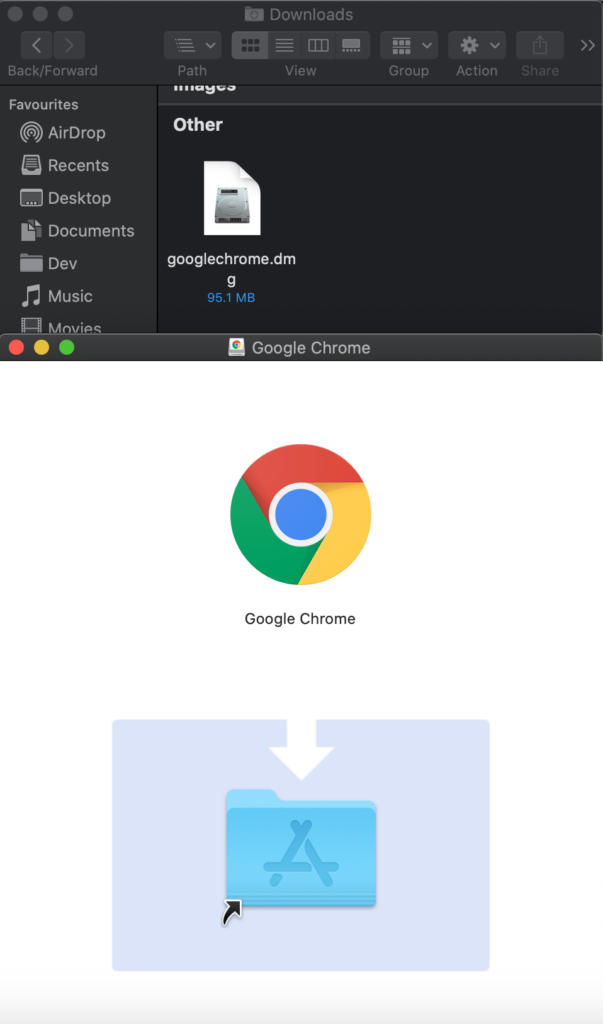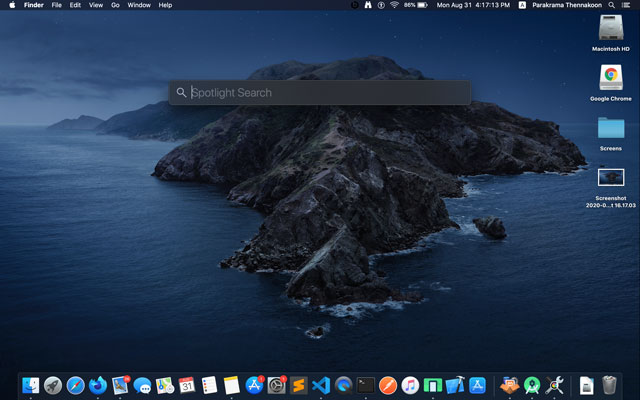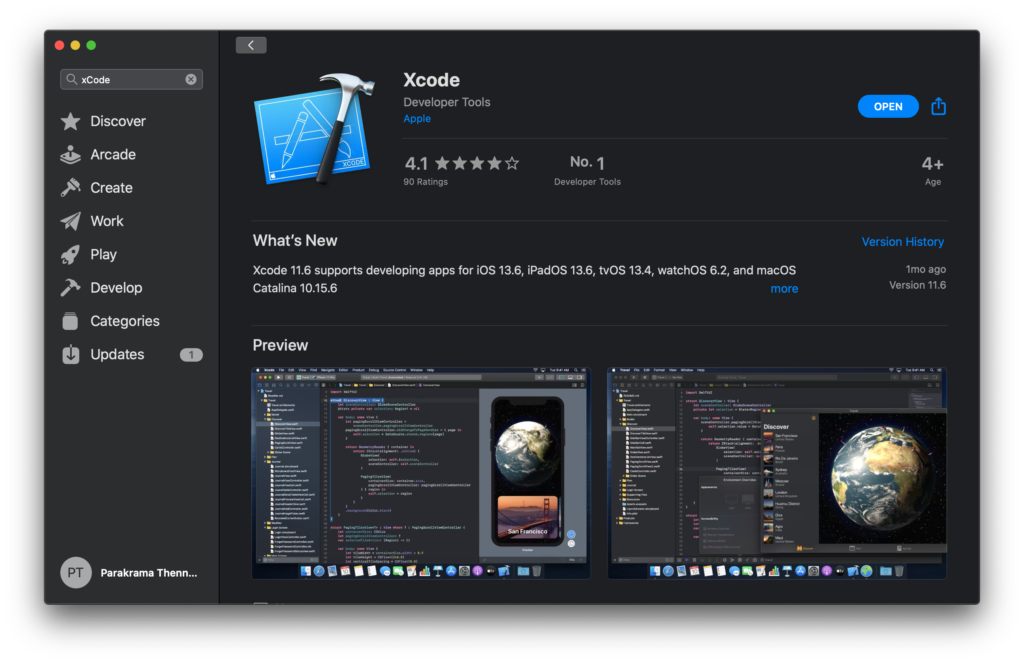Why this blog?
Nowadays full-stack development is diverse with a wide range of applications on the latest trending libraries, frameworks, and development technologies as well as cloud computing and services. But, the utilization of hardware and platform against the deployment must be considered for the delivery of widely distributed applications for optimized service providing to the target consumer.
By describing the steps that adhered to migrate onto macOS development this post may be a help to the reader.
Introduction: Why macOS Environment?
Developers must consider development designs and practices that are capable of delivering target services in aspects of consumer usage in modern platforms such as Windows, Android, IOS, MAC OS, etc. There needs to be separate hardware to test on, design,
and implement for delivery of such services to the consumer who takes advantage of IOS, macOS platforms.
Some notable differences between macOS and Windows environments.
- Requires an Apple ID for developing and testing the macOS/IOS applications
- Differences on commands between Windows command-line and macOS terminal

- Developers may need to apply knowledge based on terminal commands on macOS.
- Installation of applications through .dmg or .pkg on macOS and .msc or .exe on Windows environments.

- Managing privacy settings through System Preferences macOS and Control Panel on Windows
App developers must migrate on to the macOS environment whether they have a focus on IOS mobile development or macOS application development through any technology with testing and App Store deployment.
Migration Guide
Migration is much easier when familiar with UNIX-based environment terminal basic commands since the macOS kernel is based on a customized version of Berkeley Software Distribution operating system.
Setting up the MAC with development features
- Create an Apple ID at the start of the mac environment and create a login.
- Open App Store through “Spotlight Search” by pressing command+spacebar and typing on your keyboard.

- After logging into the App Store, with the created Apple ID search XCode from the App Store search bar.
- Click on the “Get” button on XCode. ( took nearly 9GB data on the internet for the process on installing XCode )
- After installation is complete, open XCode by finding it on Launchpad or press command+spacebar and type XCode and select the application. (You may have to accept an agreement and login to XCode with the Apple ID)

- Now you are ready to start developing with the macOS environment.
- Possible alternatives on XCode if not possible are IntelliJ AppCode, Microsoft VSCode etc. But they may complicate deployment processes since you may need to install XCode Command-Line Tools and use related terminal commands for development processes.




Leave a Reply